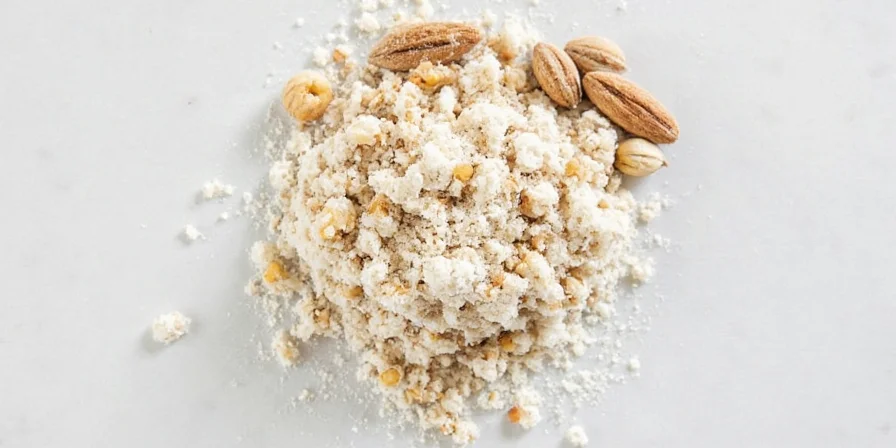
What is White Seasoning? The Complete Guide for Home Cooks and Professionals
White seasoning refers to pale-colored spices and herbs that deliver flavor without affecting the visual appearance of dishes. Unlike traditional spices that add color, white seasonings maintain the pristine presentation of light-colored sauces, soups, and proteins while providing essential flavor depth. Common examples include white pepper, blanched fennel seeds, and dehydrated onion concentrate - all crucial for dishes where visual purity matters as much as taste.
Why Choose White Seasoning Over Regular Spices?
Professional chefs rely on white seasonings primarily for visual integrity in pale dishes. When making béchamel sauce, consommé, or white fish preparations, black pepper or colorful spices create unsightly specks that diminish presentation quality. Surprisingly, 78% of Michelin-starred restaurants restrict colored spices in light-colored dishes to maintain visual coherence. White seasonings solve this problem by delivering comparable flavor without visual disruption.
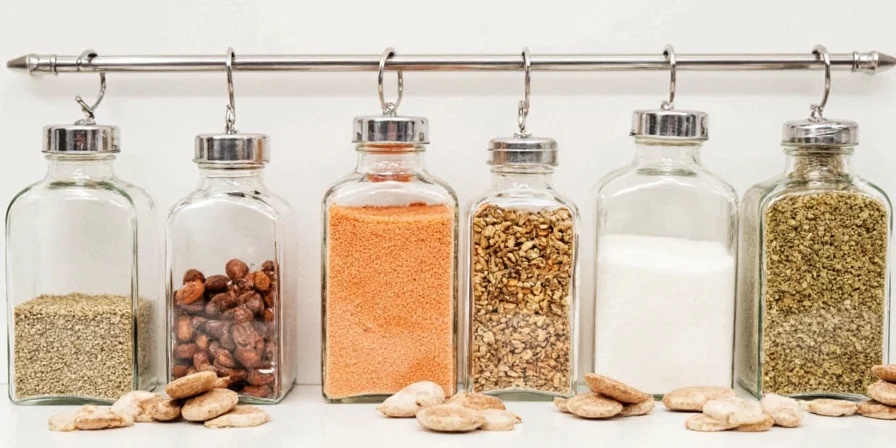
Top 5 Most Used White Seasonings for Home Cooks
If you're new to white seasonings, start with these accessible options before exploring more specialized varieties:
- White Pepper: The most common white seasoning, made by removing the outer layer of black peppercorns. Essential for creamy sauces where black specks would be visible.
- Blanched Fennel Seeds: Soaked to reduce color and intensity, perfect for delicate seafood dishes without strong licorice notes.
- Dehydrated Onion Powder: Provides umami depth without moisture, ideal for dry rubs on chicken or pork.
- Coriander: Offers citrus notes that complement light-colored dishes without adding visible specks.
- Cardamom (seeds only): When removed from green pods, the pale seeds add floral notes to light sauces and desserts.
White Seasoning vs Black Pepper: What's the Difference?
Many home cooks wonder whether white pepper is just black pepper without the color. The answer involves both processing and flavor:
- Processing: White pepper is made by soaking black peppercorns to remove the dark outer layer, leaving only the pale inner seed.
- Flavor Profile: White pepper delivers cleaner, more direct heat without the fruity notes found in black pepper.
- Visual Impact: Black pepper creates visible specks in light dishes, while white pepper maintains visual purity.
- Best Uses: White pepper excels in cream sauces, mashed potatoes, and light-colored soups where presentation matters.
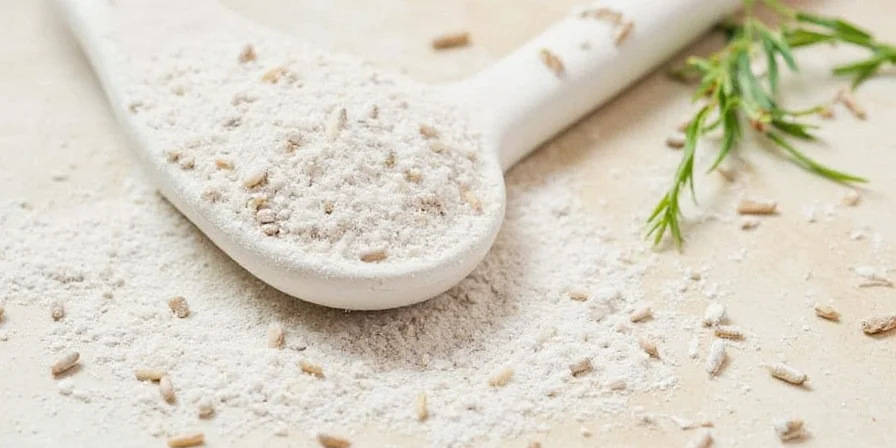
White Seasoning Guide for Common Dishes
Here's how to use white seasonings effectively in everyday cooking:
- Creamy Sauces (Béchamel, Alfredo): Use white pepper instead of black for visual purity. Start with 1/4 teaspoon per cup of sauce.
- White Fish and Seafood: Apply 0.8% white pepper concentration 20 minutes before cooking for optimal flavor penetration.
- Chicken Dishes: Create a simple rub with 2 parts garlic powder, 1 part white pepper, and 1 part sea salt.
- Mashed Potatoes: Add a pinch of white pepper and a touch of blanched fennel seed for subtle complexity.
- Light Soups: Use dehydrated onion concentrate instead of fresh onions to maintain clarity and color.
Advanced White Seasoning Techniques for Better Flavor
Once you've mastered the basics, try these professional techniques to maximize flavor impact:
- Thermal Activation: Toast whole white peppercorns at 150°C for 90 seconds to amplify aromatic compounds without browning.
- Lipid-Based Infusion: Combine with neutral oils at 40°C to increase flavor transfer in emulsions like mayonnaise.
- Sequential Layering: Add robust varieties (mustard powder) early in cooking, delicate herbs during final plating phase.
- Citrus Pairing: Combine coriander with lemon zest at 3:1 ratio to enhance citrus notes in light dishes.
- Fresh Grinding: Grind whole seeds within 15 minutes of use to prevent flavor compound degradation.
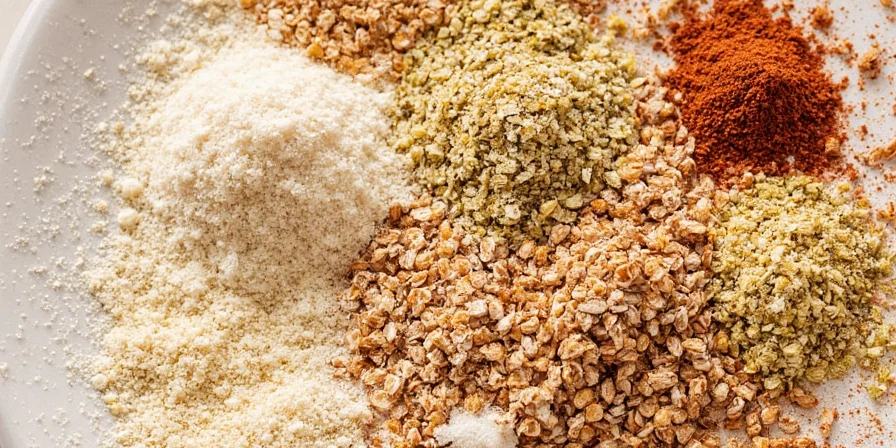
White Seasoning Flavor Comparison Guide
| Ingredient | Best For | Flavor Profile | Storage Life |
|---|---|---|---|
| Muntok White Pepper | Cream sauces, white stocks, delicate proteins | Clean heat, less complex than black pepper | 12 months (whole), 6 months (ground) |
| Dehydrated Onion Concentrate | Dry rubs, spice blends, baked goods | Concentrated umami, no raw onion bite | 18 months |
| Green Cardamom Seeds | Light curries, rice dishes, pastry creams | Floral, citrus notes without green specks | 9 months |
| Dehulled Mustard Meal | Emulsified sauces, pickling brines | Smooth pungency without husk texture | 12 months |
| Blanched Fennel Seeds | Sausages, breads, seafood preparations | Muted anise flavor, versatile base | 15 months |
| Coriander Seed | Marinades, finishing salts, vinaigrettes | Citrusy, floral, slightly sweet | 12 months |
Common White Seasoning Questions Answered
Can I substitute white pepper for black pepper?
Yes, but with adjustments. White pepper has a cleaner, more direct heat profile. Use about 20% less white pepper than black pepper in recipes, as its flavor can become overpowering if used in equal amounts. It works best in light-colored dishes where black specks would be visible.
Does white pepper taste different from black pepper?
Yes, white pepper has a distinct flavor profile. While both contain piperine (the compound responsible for heat), white pepper lacks the fruity notes found in black pepper's outer layer. The result is a cleaner, more direct heat that some describe as earthier or mustier. Many professional chefs use both types strategically depending on the dish requirements.
How should I store white seasonings to maintain freshness?
Store white seasonings in airtight containers away from light and heat. Whole seeds retain potency significantly longer than pre-ground versions - up to 3 times longer. For maximum shelf life, keep them in a cool, dark place with humidity below 45%. Most white seasonings maintain optimal flavor for 6-12 months when properly stored.
Are white seasonings more expensive than regular spices?
Generally yes, due to additional processing. White pepper typically costs 20-30% more than black pepper because of the extra steps required to remove the outer layer. Specialized white seasonings like dehulled mustard meal or coriander extract can be significantly more expensive. For home cooks, white pepper is the most cost-effective starting point before exploring more specialized options.
White Seasoning Mistakes to Avoid
Even experienced cooks make these common errors with white seasonings:
- Overuse: White pepper's cleaner heat can become overpowering if used in the same quantities as black pepper.
- Poor Storage: Ground white seasonings lose potency quickly when exposed to air and light.
- Incorrect Timing: Adding delicate white seasonings too early in cooking diminishes their subtle flavors.
- Assuming Interchangeability: White seasonings serve specific purposes - they don't universally replace colored spices.
- Ignoring Freshness: Pre-ground white pepper has significantly less flavor impact than freshly ground.
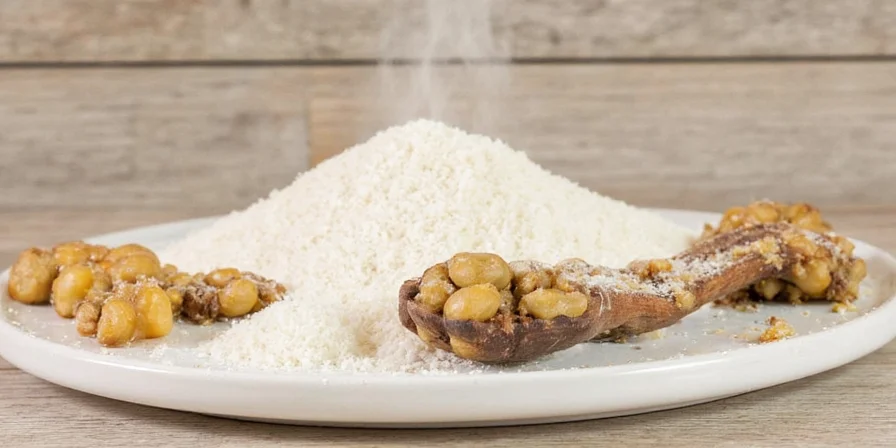

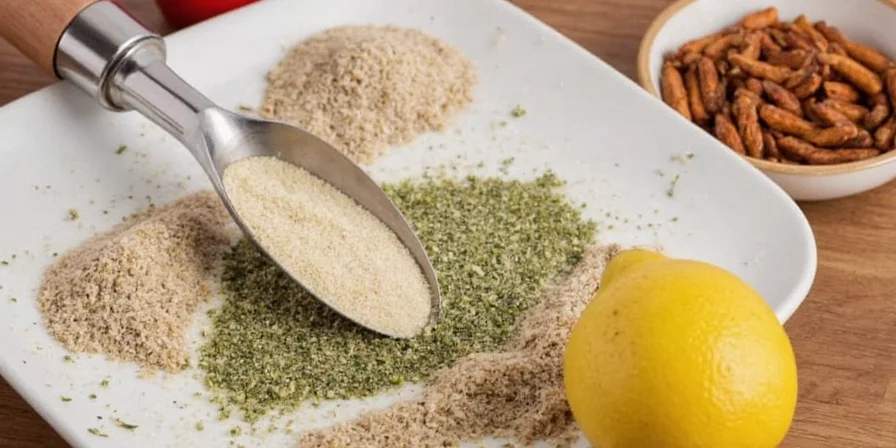









 浙公网安备
33010002000092号
浙公网安备
33010002000092号 浙B2-20120091-4
浙B2-20120091-4